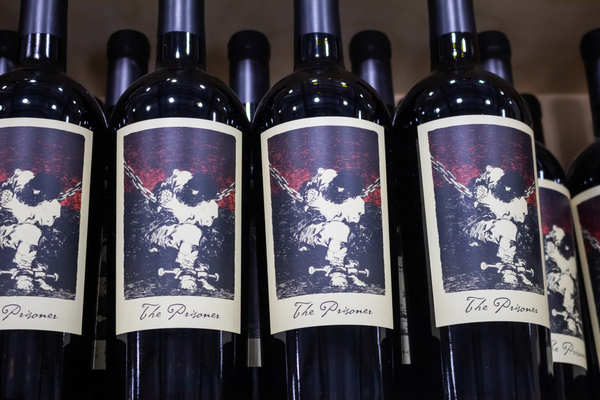As Food and Wine reports, pandemic-driven inflation has increased the price of everything: snacks, cereal, pizza, you name it. And the reasons behind these broad price increases are equally diverse: things like shipping issues, labor issues, and — since Russia’s invasion of Ukraine — fuel costs. Wine is certainly not immune from all of these outside price pressures (and is also prone to environmentally-driven issues of its own). But one factor affecting the price of wine may be the part your taste buds are least concerned about: the bottle. And at least one analyst suggests wineries may need to consider alternative packaging.
Not only does shipping heavy wine bottles require more fuel, but according to MarketWatch, they’re also energy-intensive to make, and with oil prices reportedly up as much as 70 percent in the past year, the humble glass wine bottle — which, despite continued interest in alternatives like cans, boxes, and even aluminum bottles, has generations of established pedigree — may be a less appealing choice for winemakers than ever before.
“The cost of glass bottles in the U.S. has risen by as much as 20 percent, according to some brand owners, although most operators have seen much more modest price increases,” Stephen Rannekleiv, a global strategist for beverages division of Rabobank, was quoted as writing in the financial giant’s second-quarter wine outlook. “However, we would not be surprised to see some glass suppliers implement additional price increases as the year progresses. Nor would we be surprised if the extent to which their input costs are increasing turns out to be structural rather than transitory.”
Meanwhile, the impact of the war in Ukraine has been even more substantial in Europe where countries are more reliant on oil and natural gas from their Russian neighbor. “One European glass supplier recently told us that the rising cost of fuel has forced them to pass on a surcharge to their clients, which has effectively doubled the cost of bottles,” Rannekleiv continued.
Alternative packaging has already seen growing interest for a number of reasons: lighter materials can be easier to ship and are less likely to break, plus they still offer a bit of novelty for consumers. But with everything that’s happened in the past couple of years, Rabobank suggests a “complete rethinking of packaging” may be warranted. As Rannekleiv wrote, “Suffice to say here that while pricing actions will be necessary, wineries may also need to consider additional measures to help maintain margins and mitigate risks moving forward.”
—
Photo Credit: David Tonelson / Shutterstock.com
